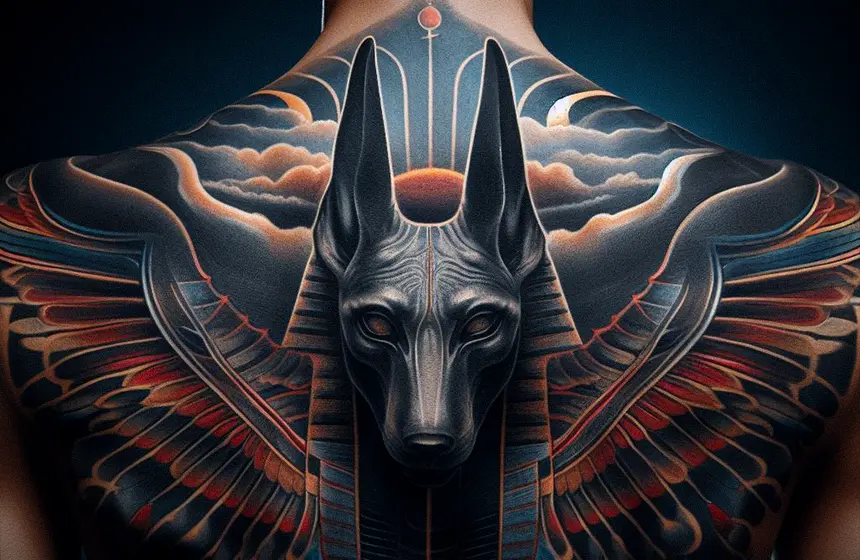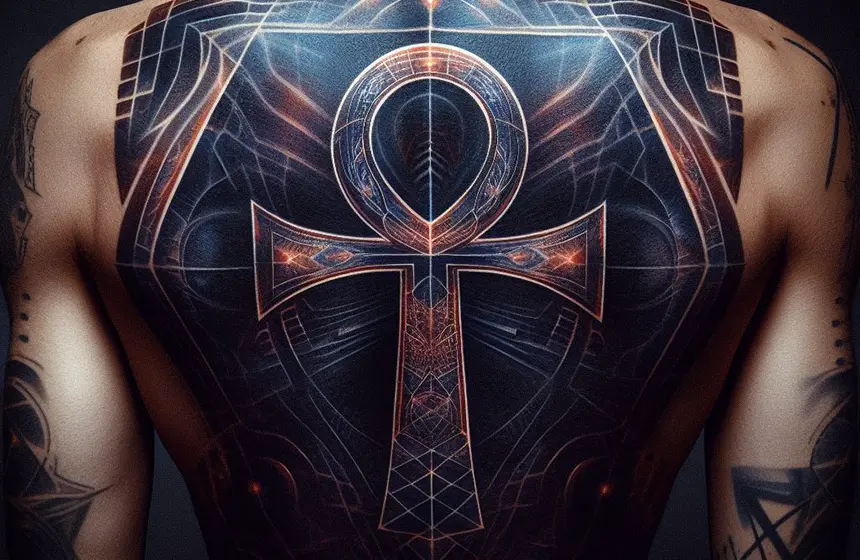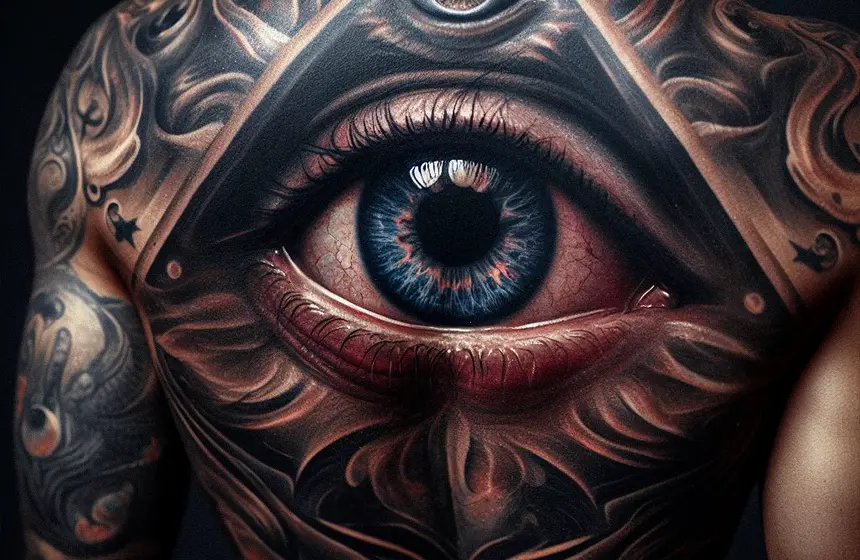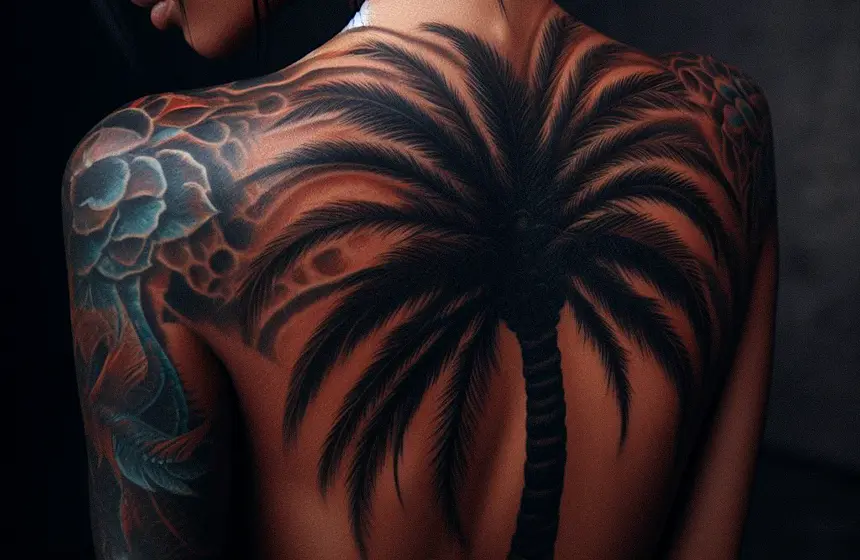Do chest tattoos hurt?
So, you’ve decided to get a chest tattoo, and you’re likely wondering about the pain involved. The answer isn’t straightforward.
Sure, it might sting a bit, especially on the sternum. But don’t fret; this guide’s got your back, filled with tips and tricks to ease the discomfort.
Table of Contents
Do Chest Tattoos Hurt?
Lots of people like to get tattoos on their chests. But it can take a long time to finish them, or it might be done in one go, depending on how much pain you can handle, when your tattoo artist is available, and how patient you are. In any case, chest tattoos usually hurt unless you have a lot of body fat or muscles in that spot.
Understanding Chest Tattoo Pain
To understand the pain associated with chest tattoos, you’ve got to consider several factors that can influence your personal experience.
The proximity to bone, particularly near the sternum, can amplify chest tattoo pain. Thinner, more sensitive skin in this area can also heighten discomfort. But remember, everyone’s pain threshold is different. Your well-toned physique or taut skin might help in managing tattoo discomfort.
Larger, more detailed designs mean longer sessions, which might increase overall pain. But don’t let this dampen your spirits. You’re on the path to creating innovative, permanent art on your body. Stay relaxed, trust the process, and remember pain is subjective.
With this knowledge, you might find your tattooing experience more therapeutic than you’d imagined.
Factors Increasing Chest Tattoo Discomfort
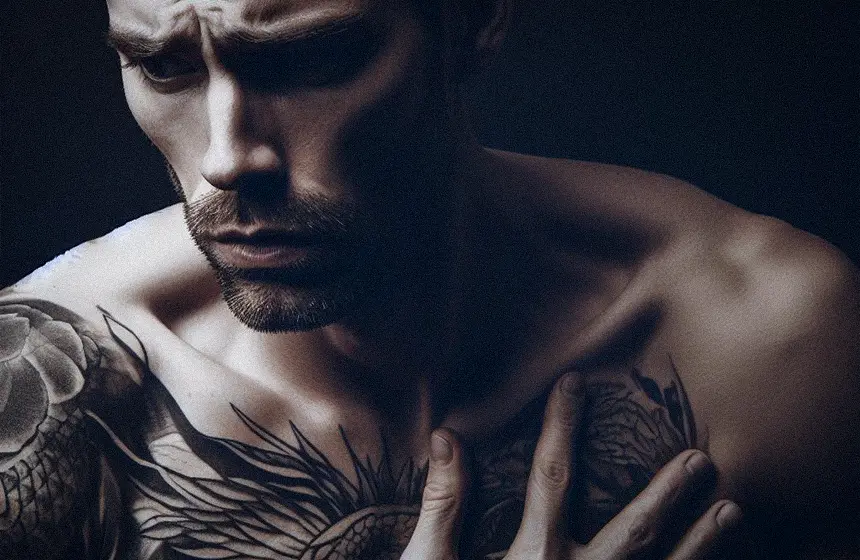
Building on what you’ve already learned about chest tattoo pain, several elements can ramp up your discomfort.
Tattooing near the sternum specifically can be more intense. This area, where skin meets bone with little cushioning, can cause a distressing sensation as the needle vibrates against the bone.
The size and complexity of chest tattoos often mean longer, more gruelling sessions, which can heighten discomfort. Pain tolerance variation also plays a role. Some may weather the process like a breeze, while others may find it challenging.
Your skin’s sensitivity level can increase discomfort, with thinner, more delicate skin often proving more sensitive to the needle’s puncture.
Understanding these factors can prepare you for the unique experience of chest tattooing.
Tips for Reducing Tattoo Pain
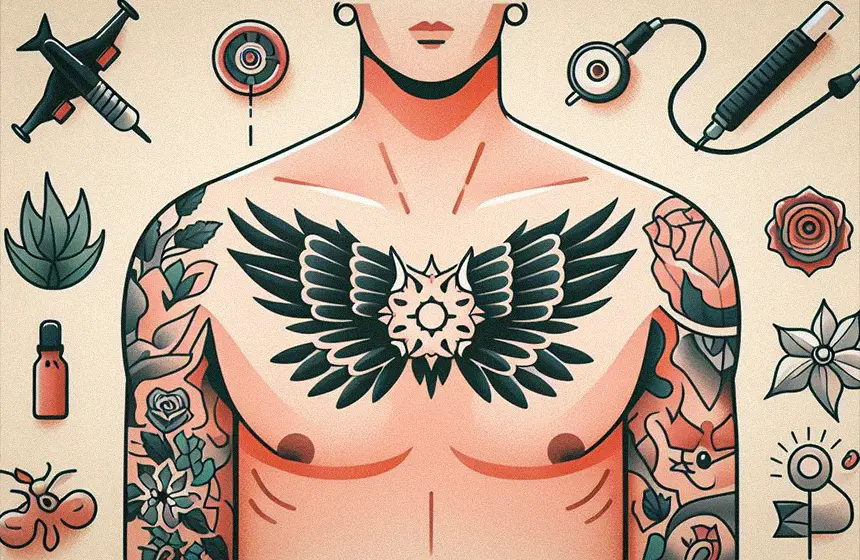
While numerous factors can increase the discomfort of a chest tattoo, there are also several effective strategies you can employ to help minimize the pain.
Consider using tattoo numbing creams before your session. These innovative products work by numbing the skin surface, reducing your sensitivity to the needle’s touch.
During the procedure, maintain a steady, calm breathing pattern. Deep and mindful breathing techniques during tattooing can help you manage pain and stress. You’ll find that as you focus on your breath, you’re less aware of the discomfort.
Be bold about communicating with your tattoo artist, too. They’re experienced professionals who can offer further advice and adjustments to make your tattooing experience more bearable.
Pain Management During Tattooing
In managing your tattoo pain, it’s crucial to remember the importance of mindset and physical preparation. Your pain tolerance will be tested, but with a mind trained for endurance, you’ll be better equipped.
Now, let’s talk about relaxation techniques. Deep breathing is your friend. Let the rhythm of your breath guide you through the session. Each inhale and exhale is a reminder of the beautiful artwork in progress. Visualization is another powerful tool; imagine the pain as waves roll in and out with your breath.
Personal Experiences and Perspectives
From your point of view, getting a chest tattoo can seem like a daunting experience because of the anticipated pain. Still, it’s important to remember that everyone’s pain threshold differs. Here are some personal experiences to give you an idea:
| Pain Anecdotes | Pain Intensity | Pain Location |
|---|---|---|
| It felt like a hot knife cutting through the skin | 9/10 | Near the sternum |
| It felt like a deep, intense pressure | 5/10 | Entire chest area |
| Bearable, akin to a cat scratch | 6/10 | Near the collarbone |
| Felt like a deep, intense pressure | 8/10 | Over the heart |
| Painful but manageable, like a slow burn | 7/10 | Under the breasts |
Frequently Asked Questions
-
What Are Some Common Designs or Motifs for Chest Tattoos?
You’ll find chest tattoo designs rich in symbolism, often influenced by various cultures. Common motifs include roses, birds, tribal patterns, and religious symbols, each offering a unique aesthetic and personal meaning to the wearer.
-
Are There Any Medical Conditions That Could Affect the Pain Level or Healing Process of a Chest Tattoo?
Sure, medical conditions can impact both pain levels and healing. Discuss pain management techniques with your artist. Remember, proper tattoo aftercare rules are crucial for healing, especially if you have skin conditions.
-
How Long Does It Typically Take for a Chest Tattoo to Heal?
Your chest tattoo’s healing time varies, typically 2-3 weeks. Stick to your aftercare routine and use healing aids as directed. Remember, everyone’s body heals differently, so patience is critical in this process.
-
Can the Color or Type of Ink Used in a Chest Tattoo Affect the Level of Pain Experienced?
Yes, the ink type can impact your comfort. Low-quality ink may cause ‘Ink Allergy Symptoms’ increasing discomfort. High-quality inks reduce this risk. Always research and choose top-quality inks for your chest tattoos.
-
Does Age or Gender Play a Role in the Pain Experience During a Chest Tattoo?
Age or gender doesn’t directly affect tattoo pain. It’s more about individual sensitivity differences and pain tolerance variations. You’re unique, as is your reaction to the needle’s dance on your skin.
Conclusion
So, do chest tattoos hurt?
Yes, they can, but don’t let that put you off. With the proper preparation and mindset, you can manage the discomfort.
Remember, it’s a small price for a stunning piece of art that’ll be with you forever. Every stroke brings you closer to a masterpiece etched on your skin, a story in permanence.
Embrace the journey, endure the pain, and you’ll come out stronger, adorned with a tattoo you’ll proudly wear.

